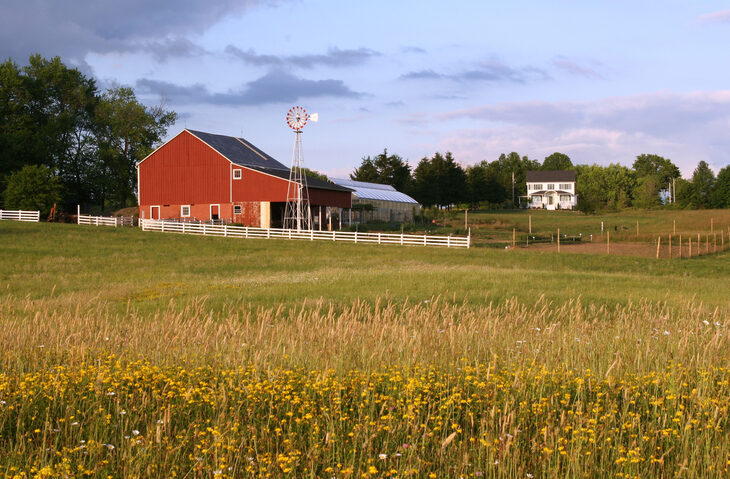
Continued Utility Pole Issues Demonstrate Need for Additional Action
With thousands of broadband deployment projects already underway and thousands more to begin this year, recent actions taken by the Federal Communications Commission (FCC) were critical first steps toward addressing the many deployment barriers posed by pole attachments.
The continued pole access issues highlighted below, however, demonstrate the urgent need for an “all-of-the-above” approach from federal, state, and local policymakers to take further action – particularly as the Administration begins distributing the nation’s largest single investment in broadband deployment in the coming months.
The FCC will need to move swiftly on a set of new proposals around large attachment orders, self-help, and the use of contractors. It will also need to address unjust and excessive pole replacement costs, as CTF noted in its submitted comments.
The National Telecommunications and Information Administration (NTIA) must also take action on poles to ensure the BEAD program’s success. Read about the critical role NTIA can play in CTF’s letter to Assistant Secretary Alan Davidson.
Finally, states can focus on quickly resolving formal pole complaints, creating pole replacement funds, reviewing existing pole practices to ensure rules are most effective, and adopt new or updated regulations to address delays and cost allocation disputes.
***
- “INCOMPAS’ members in the Northeast, Midwest, and Southwest have repeatedly faced challenges with utilities over pole access and have run into problems for negotiating deployments over 3,000 poles for larger buildouts. These providers have expressed their continued frustration in dealing with utilities and the delayed response times in having their applications processed, sometimes waiting up to 18 months or more for the pole owner to finally approve or deny their project.” – INCOMPAS Comments to the FCC, 2/14/24
- “West Springfield, MA is partnering with the local electric utility to deploy a fiber network, but Verizon and Eversource – the owners of the poles in that area – have allegedly delayed the make-ready work.” – West Springfield Chief Technology Officer Stephanie Straitiff, 2/14/14
- “He [Thomas]…noted how electric companies have refused county officials’ requests to add equipment to their poles. ‘The infrastructure’s there – the big thing is the access to it,’ Thomas said.” – Commissioner Jeff Thomas (D-Huntingdon County, PA), 1/16/24
- “Utilities received more than 375,000 requests to review poles for their readiness to host broadband lines, said Kimberly McKay, the House Appropriations Committee’s legislative fiscal analyst. Of those requests, about 110,000 have been completed…The ‘large majority’ of delayed projects relate to aerial fiber strung on a pole.” – Cardinal News, 1/3/24
- “Many [pole owners and ISP pole attachers] are making progress, while others are ‘at a standstill…the cost of adding lines to poles is increasing…I’m having heartburn when original negotiations and contracts were $30,000 a mile, and now those prices have changed to $90,000 a mile.’” – Del. Scott Wyatt (R-Mechanicsville, VA) to Virginia’s Broadband Advisory Council, 12/9/23
- “If there is one thing that will allow GoNetspeed to build faster, it’s changing the current process to access utility poles, Clark told Fierce. ‘There’s a key challenge that many fiber builders in this country are facing, which is access to the poles, the ability to get on the telephone poles,’ he said. In one town in Massachusetts for example, GoNetspeed submitted applications to the pole owner in 2021 and still hasn’t received approval.” – Richard Clark, GoNetspeed President and CEO to Fierce Telecom, 11/22/23
- “Otelco also described the unusually high make-ready cost estimates it has received from Massachusetts pole owners, which are driven primarily by an unprecedented number of pole replacements sought by the pole owners, combined with a refusal to consider less costly alternative construction methods, such as utilization of opposite side construction (‘boxing’), even where compliant with the National Electrical Safety Code (‘NESC’).” – Notice of Ex Parte to the FCC, GoNetSpeed d/b/a Otelco, 11/7/23
- “There are also roadblocks to consider, as Maguire noted Brightspeed currently has ‘somewhere in the neighborhood of 50,000’ locations that are held up by permitting. He referred to permitting constraints, pole attachment agreements and other roadblocks as “permission” issues…Zeitz echoed Maguire’s thoughts on build hurdles, noting Ziply over the course of eight months has had about 70,000 locations held up by pole attachment authorities. – Tom Maguire, Brightspeed CEO, & Harold Zeitz, Ziply Fiber CEO, Broadband Investment Forum, 10/20/23
- “After the pole inspections and engineering analyses, it should take no more than 165 days before workers can string the fiber, according to FCC rules. Carr told the advisory committee that in Northumberland County, Dominion is taking an average 234 days to process applications…” – Jimmy Carr, All Points Broadband CEO, 8/28/23